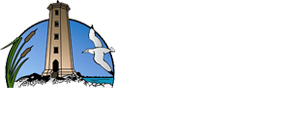Habitats and Plants at Presqu'ile
Presqu'ile is one of the most outstanding natural areas on the lower Great Lakes. The park is well known among naturalists as a viewpoint for bird migration but is less well known for its significant botanical attributes.
Presqu'ile is notable for the remarkable diversity of plant communities contained in its relatively small area. On a short walk, a visitor to Presqu'ile can move through habitats ranging from open sandy beach to dense coniferous forest and more.
In fact, Presqu'ile is home to eight different habitats all featuring their own unique features and plants. Read below for a brief introduction to each of the eight habitats. For a more in-depth exploration of Presqu'ile's habitats and plant communities click here.
For a list of the vascular plants that have been recorded at Presqu'ile click here.
 Sand Beach
Sand Beach
The Sand Beach is a popular habitat for human and bird visitors. Just over three kilometres of sand beach border Popham Bay on Presqu'ile's western edge.
Our sand beach habitat has two sections. The northern section is groomed in the summer to clear away algae and debris for human visitors to enjoy. While the southern end of the beach is left in a natural state to provide habitat for the many birds that stop to feed and rest at Presqu'ile.
A greater diversity of plants is found at the south end of the beach, near Owen Point, than at the north. The interior of this habitat is dominated by willow (Salix) and Phragmites while the shore edge is naturally highly dynamic. The species of plants and the extent of vegetation changes from year to year with fluctuation in the lake level.
.JPG) Pannes
Pannes
The pannes are flat, wet, and largely open sandy areas present on either side of the main park entrance road. Panne habitats are rare in Ontario, being essentially restricted to Great Lakes shorelines. Human activity has further reduced their naturally limited distribution. Presqu'ile's pannes contain the park's most significant plant communities. They are outstanding for their size, in relatively good condition, and contain a diversity of rare and uncommon species.
Vegetation patterns are complex in the pannes and with slight differences in moisture there may be substantial differences in the plant species found here. In the fall they come alive with a wide variety of unique wildflowers many of which can only be found in a panne habitat.
Read more about the pannes of Presqu'ile here.
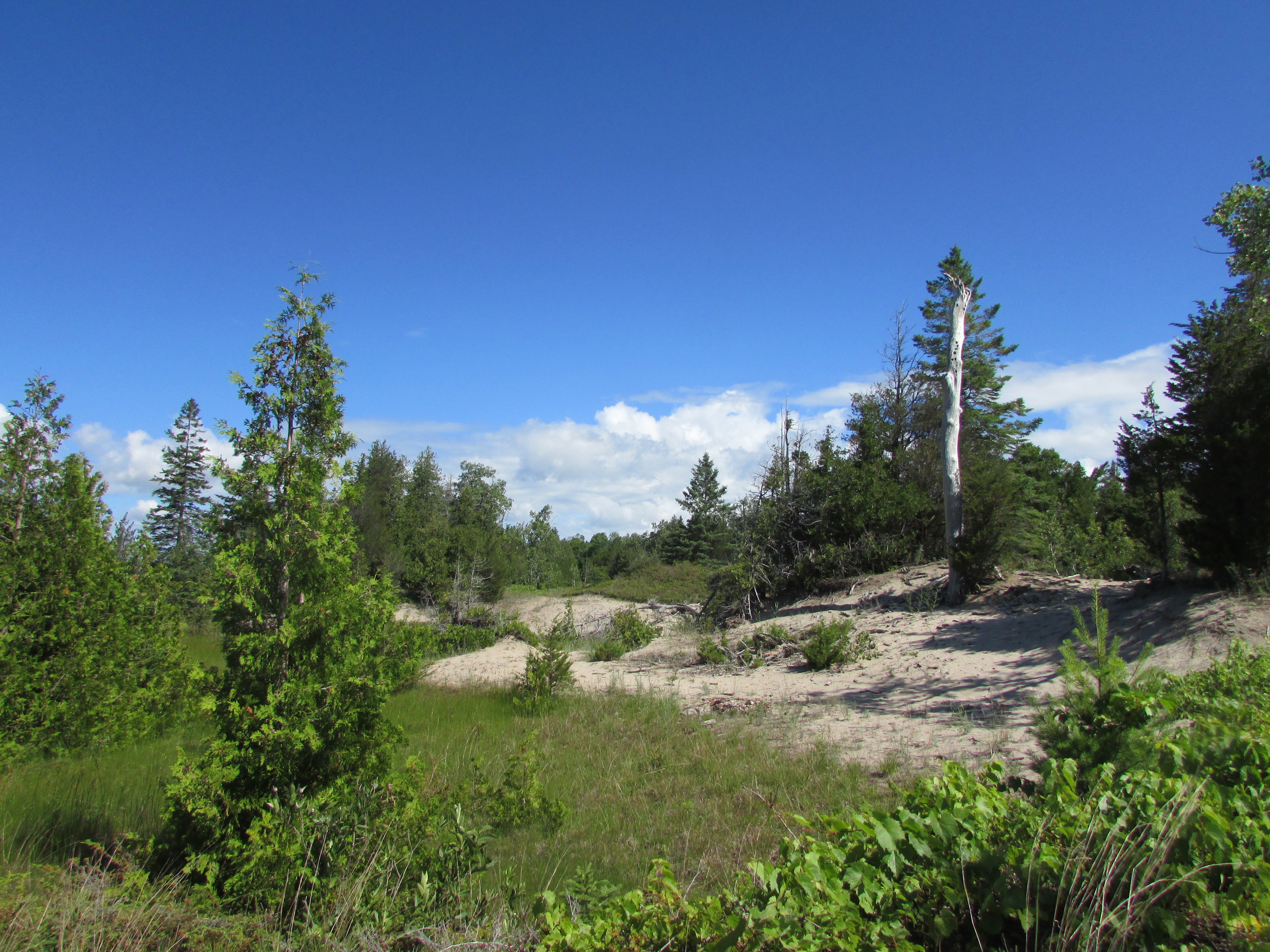 Dunes
Dunes
Presqu'ile contains good examples of a variety of sand dune communities which are rare in Ontario and largely or entirely restricted to the shorelines of Lakes Erie and Ontario.
The dunes on the eastern side of the main road are higher and more noticeable than the ones at the back of the beaches. Portions of the eastern dunes are fairly densely forested with cedar and spruce but there are still large open sections of sand where rare and unique plants can be found.
The dunes and the plants that live there are very sensitive to disturbances and so we remind visitors to stay on marked trails and avoid walking in the dunes to help protect this special habitat.
 "The Fingers" (conifer-dominated forest on low sand ridges)
"The Fingers" (conifer-dominated forest on low sand ridges)
The Fingers are a series of low, sandy, former beach ridges which extend southeastward into the marshes of Presqu'ile Bay. When viewed from the air they look like fingers reaching out into the lake hence the name.
The cooling effect of Lake Ontario in summer has allowed the development of an unusual and significant conifer dominated forest which is very northern in aspect. The area is the best example of coniferous forest along the shoreline of Lake Ontario and the least disturbed forest of the Presqu'ile peninsula.
This forest is dominated by white cedar, white spruce and white pine with white birch, balsam fir, tamarack and trembling aspen also occurring commonly. The drier, coniferous forest of The Fingers tends to have little herb cover in the understory due to low light levels and historic heavy deer browsing.
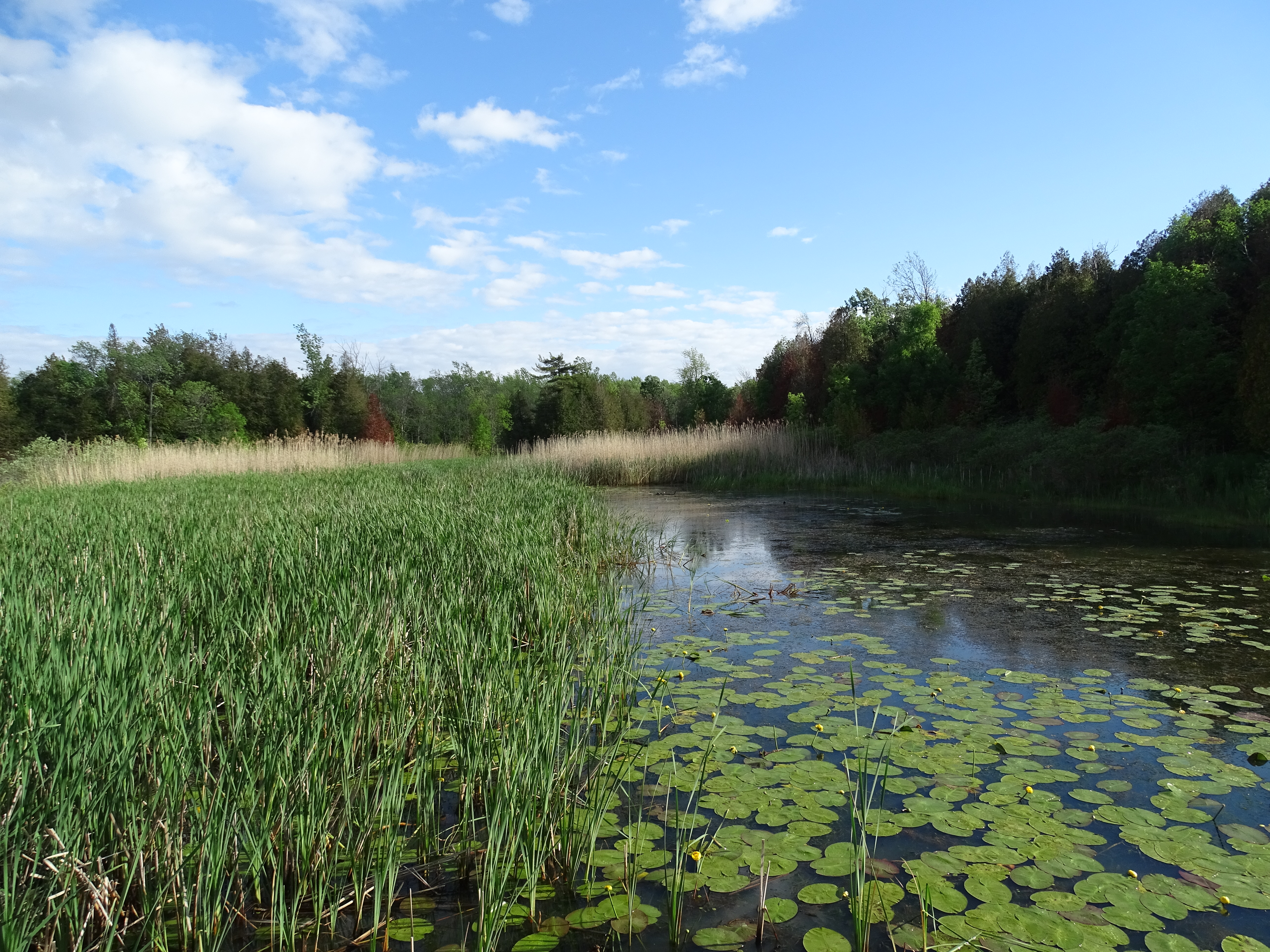 Marsh and Bay Complex
Marsh and Bay Complex
The Presqu'ile marsh complex is one of the largest and least disturbed coastal wetlands on Lake Ontario and is designated as a provincially significant wetland. The marsh complex is especially notable for the diversity of plant communities it contains.
The dominant plants over most of the marsh are broad-leaved and narrow-leaved cattails. Over the last 10 years Invasive Phragmities has begun to spread in the marsh and threatens to outcompete many of the plants in the marsh.
Between The Fingers you can find extensive sedge meadows. These areas are relatively unexplored and may contain new plants to add to Presqu'ile's plant list. In the deeper waters of the marsh a variety of different submergent and floating plants can be found including yellow pond lily, white water lily and common bladderwort.
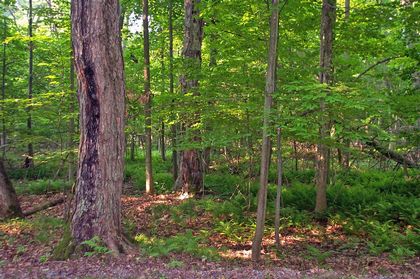 Mixed Forest over Limestone Bedrock
Mixed Forest over Limestone Bedrock
Forests on the lower portion of Presqu'ile are quite varied in age, species composition and moisture levels, however certain generalizations apply. The forests tend to have a cooler than normal microclimate, and a tendency toward moist conditions due to poor drainage.
The cool, humid microclimate of Presqu'ile is reflected in the interesting forest plants found here. For example striped maple is unusually common at Presqu'ile, this species is rare locally and is more typical of the southern Canadian Shield around Algonquin Park.
Clearing of the land for farming and other human activities has resulted in a variety of forest ages and successional stages at Presqu'ile. Much of the forest which remains is fairly mature, exceeding 75 years of age.
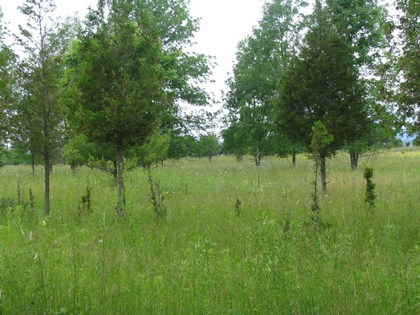 Old Field and Shrub Thicket
Old Field and Shrub Thicket
Dry old fields around the picnic areas, campgrounds and Calf Pasture are dominated by non-native plants and more recently by invasive plants such as dog-strangling vine.
Some areas of old field have developed into thicket communities with an extensive cover of shrubs including common juniper, choke cherry and the invasive European Buckthorn.
The extensive mown areas in the park are primarily composed of bluegrass and weedy alien species. Mowing has been reduced since 2001 along the back of the Day Use areas and the naturalization of these areas is being facilitated by the planting of native tree and shrub species which have been raised from park seed sources in the park nursery.
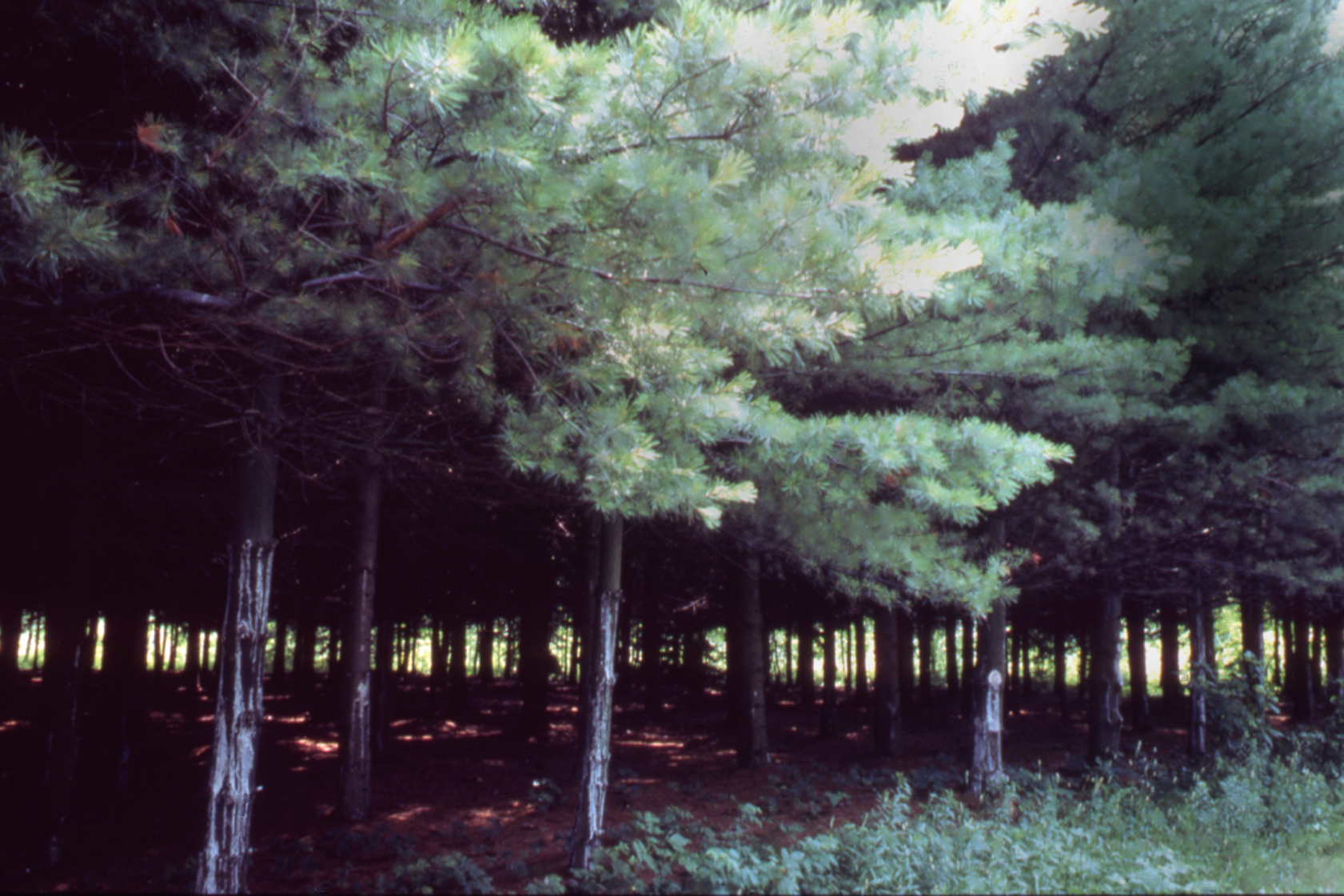 Conifer Plantations
Conifer Plantations
Plantations of various species of native and non-native coniferous trees occur in many areas throughout the park.
These trees were planted by previous park management for a variety of reasons. Some of the trees were planted to provide protection from the winds while others were planted in an attempt to reforest the park.
These dense plantations are virtually lifeless in comparison with nearby natural forest. Little sunlight reaches the ground and so there is essentially no understory vegetation. The lack of understory and plant diversity produced by rows of even aged trees mean that only a few bird and mammal species find the plantations to be attractive habitat.
You can help us expand our knowledge of the plants around Presqu'ile by adding your sightings to iNaturalist, a community science initative that allows anyone to submit sightings of plants and animals they find. Learn more about iNaturalist and getting started here.
Plant species that have been reported around Presqu'ile Provincial Park using iNaturalist.ca
